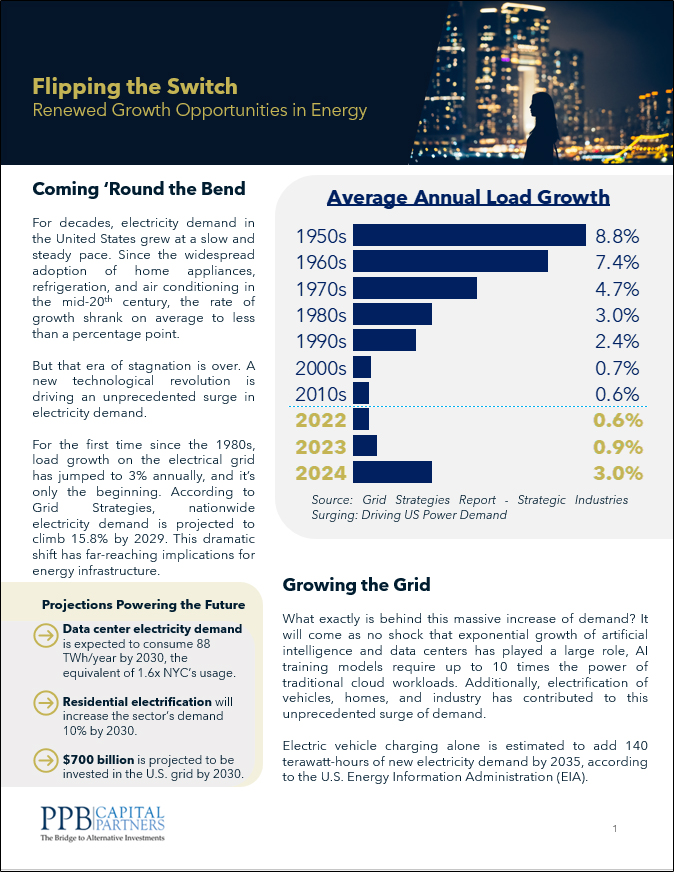
Low Inventory Continues to Drive Opportunity in Work-Force Housing
February 16, 2021
[av_textblock size=” font_color=” color=” av-medium-font-size=” av-small-font-size=” av-mini-font-size=” av_uid=’av-kl82lxg2′ id=” custom_class=” admin_preview_bg=”]
Conshohocken, PA, February 16, 2021 – The markets continued to surprise us in January with the latest bout of volatility caused from the supposed class warfare and group market manipulation centered around the largest short names like GameSpot and AMC. While the markets stabilized and rebounded based on the likelihood of the latest stimulus package approval, volatility is likely to pick up as many companies are priced to perfection.
Once again, we are reminded of the value of alternative strategies in the effort to find uncorrelated returns as equity markets return to record highs. As such, putting capital to work in this environment remains extremely challenging for allocators as valuations in most asset classes seem stretched or at fair value.
It is at times like these where cash is truly king and focusing on strong yielding investments is prudent. Real estate remains a big focus and Class B, garden-style, work-force housing has performed exceptionally well during the pandemic and is well positioned to continue to generate strong yields for investors. We remain extremely bullish on work-force housing. While multi-family capitalization rates have compressed, spreads to corporate bond yields remain elevated, and real estate overall remains very attractive relative to other income producing strategies.
As with many areas of the economy, the pandemic has affected the real estate markets very differently across the asset class. Most agree that the pandemic has not caused any widespread foundational changes within the subsectors of real estate investing, but rather has exacerbated the timing on many existing trends. The attractiveness of industrial and warehouse properties was well documented well before the pandemic and other areas such as self-storage, medical office and single-family continue to do well. Retail remains a challenge, but repurposing these assets only continues a trend that was in existence well before the pandemic.
There are areas such as hospitality that are obviously feeling the direct impact of the pandemic, but the long-term outlook for these properties remains healthy. Office space is the biggest question mark, as work from initiatives become more permanent and people continue to migrate to the Sun Belt and Southeast. As such, the long-term impact on urban real estate in the largest cities in the country remains unknown.
In their recent Fund Manager and Investor Survey, Preqin noted that biggest challenges concerning allocators and sponsors in real estate are current valuations, competition for assets, and the ultimate exit environment.
These valuation concerns are not surprising given the continued cap-rate compression across the broader real estate sector fueled by this near zero interest rate environment. Despite the elevated valuations, spreads remain extremely attractive between the cap-rates and the funds’ borrowing costs, which will enable investors to achieve similar to historical IRRs over the life of these funds.
Finally, I want to reiterate the attractiveness of the work-force housing market. Many of the tailwinds that have propelled valuations in this space have only been accelerated due to the pandemic. There remains a significant lack of supply for lower income housing, as most new development is focused on the higher-end properties. To weather some of the economic strife during the pandemic, we have seen renters move out of Class A urban properties into less expensive, garden style apartments. As such, occupancy rates are near all-time highs and rent collections remain steady. Investors can achieve steady cash flow from these investments and properties in the Southeast and Sun Belt continue to flourish.
With nearly all asset prices elevated, it can be difficult for investors to find value right now. However, a prudent real estate allocation remains a strong income generating investment opportunity with the benefits of tax efficiency due to the depreciation of the underlying assets. Work-force housing is one of the areas of real estate that remains undersupplied and thus we believe it is an excellent source of yield your clients’ portfolios.
Chart Source: Preqin.
[/av_textblock]




